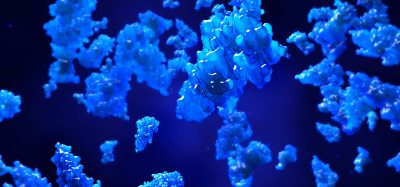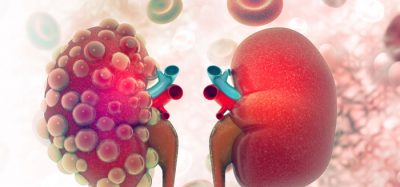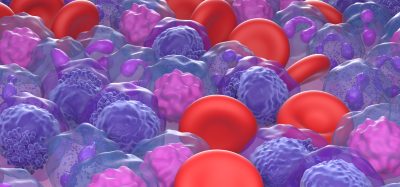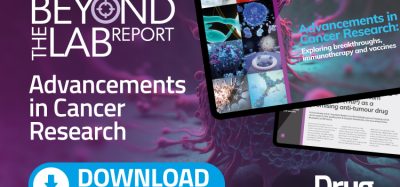Researchers discover factor that triggers muscle stem cells to heal
Posted: 11 February 2021 | Victoria Rees (Drug Target Review) | No comments yet
In a zebrafish model, researchers have found that the protein NAPMT can trigger muscle stem cells to proliferate and heal muscle damage.
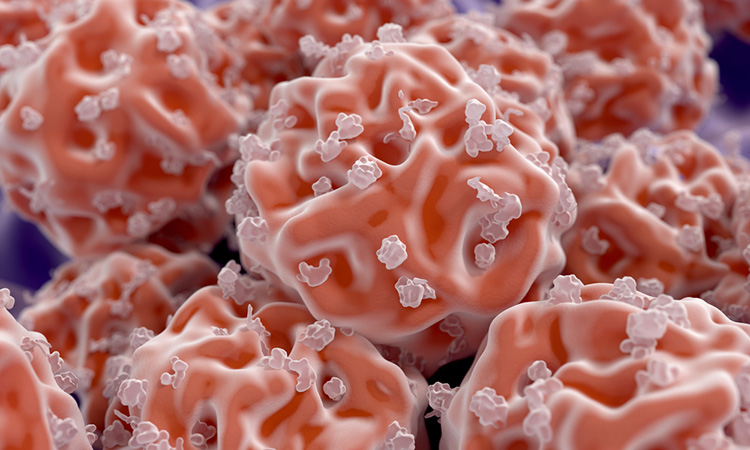
Researchers at the Australian Regenerative Medicine Institute at Monash University, Australia, have discovered a factor that triggers muscle stem cells to proliferate and heal. In a mouse model of severe muscle damage, injections of this naturally occurring protein led to the complete regeneration of muscle and the return of normal movement after severe muscle trauma.
According to the researchers, growing these stem cells in the lab and then using them to therapeutically replace damaged muscle has been difficult.
The scientists studied the regeneration of skeletal muscle in zebrafish, which are transparent – allowing the scientists to witness regeneration in living muscle.
By studying the cells that migrated to a muscle injury in these fish the scientists identified a group of immune cells, called macrophages, which appeared to have a role in triggering the muscle stem cells to regenerate.
“What we saw were macrophages literally cuddling the muscle stem cells, which then started to divide and proliferate. Once they started this process, the macrophage would move on and cuddle then next muscle stem cell and pretty soon the wound would heal,” said lead researcher of the study Professor Peter Currie. He added that macrophages flock to any injury or infection site in the body, removing debris and promoting healing.
The research team found that there were eight genetically different types of macrophages in the injury site and that one type, in particular, was the “cuddler”. Further investigation revealed that this macrophage released a substance called NAMPT.
By removing these macrophages from the zebrafish and adding the NAMPT to the aquarium water the scientists found they could stimulate the muscle stem cells to grow and heal, effectively replacing the need for the macrophages.
The team highlight that experiments placing a hydrogel patch containing NAPMT into a mouse model of severe muscle wasting led to what Professor Currie called significant replacement of the damaged muscle. The researchers are now in discussions with a number of biotech companies about taking NAMPT to clinical trials for the use of this compound in the treatment of muscle disease and injury.
The findings are published in Nature.
Related topics
Drug Discovery, In Vivo, Protein, Regenerative Medicine, Stem Cells
Related organisations
Monash University
Related people
Professor Peter Currie




